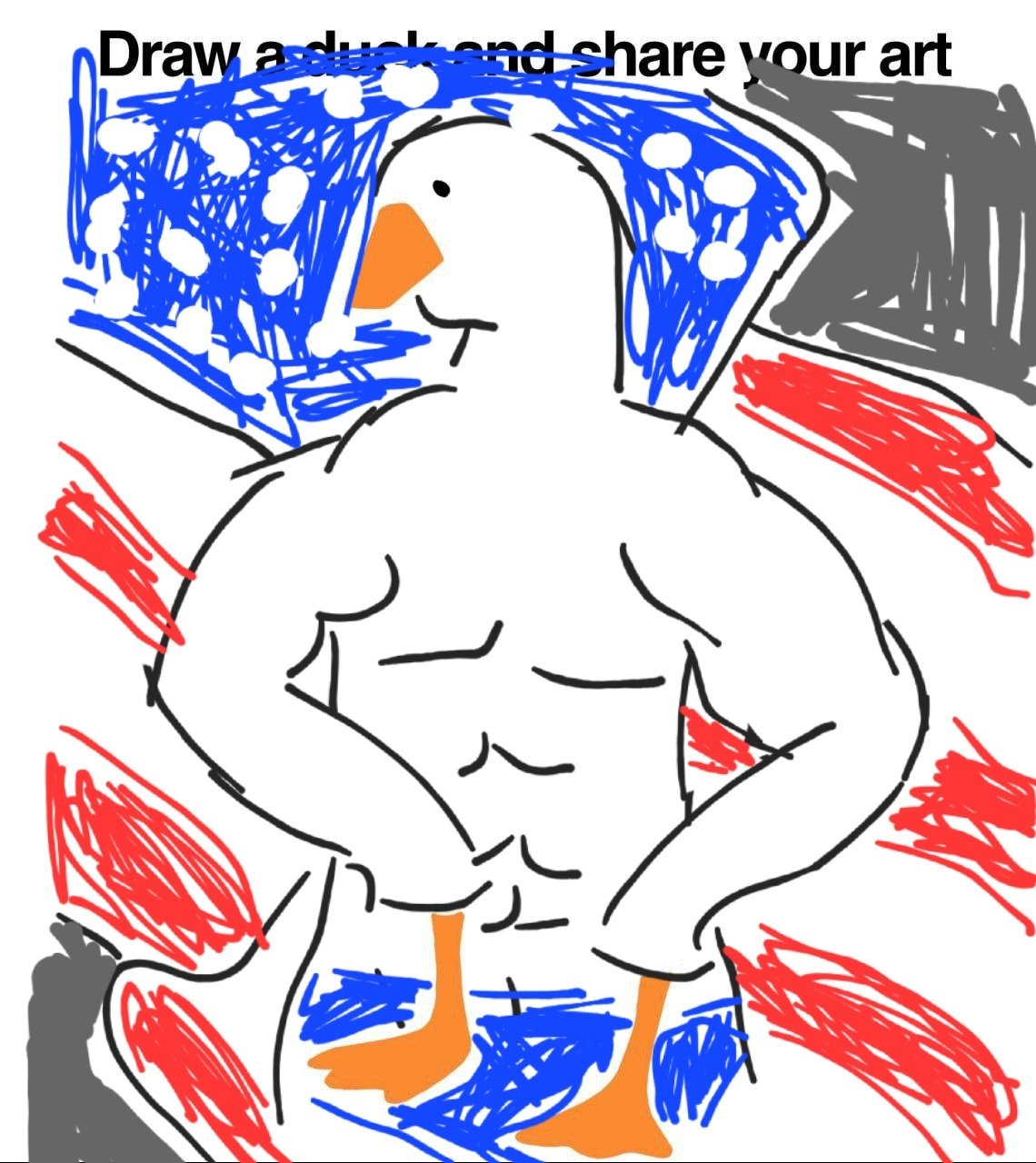I practically don’t read for fun. Not that I dislike reading, but it’s generally rare to find books that interest me, and I simply don’t have time to look for interesting books. Last I found an interesting book, I breezed through it in a couple days.
Anyways, most of my reading happens through academia, reading scientific papers and such. There’s a lot of interesting scientific research going on that flies under the radar because it’s not clickbaity enough for popsci websites to pick up on it. I have a feed set up on Pubmed to send me emails every day on new papers from different topics. Every day or two I glance through them and it there’s something that catches my eye, I’ll read it more thoroughly.
I wouldn’t generally encourage people to read scientific papers, since they’re really quite dense and requires a lot of practice to get good at reading, but it’s an easy way to read something while being productive. And I’ve become increasingly convinced over time that the general population needs at least some experience with scientific literature, given how much of the science gets twisted in the game of Science Communication Telephone








A bubble means that investors are putting in more money into a particular field than the field is really worth. How does that happen? Well, investors make money by investing money into small companies and hoping that they get bigger over time. And they need to make guesses in which company they think will actually get big. While investors generally try to make these guesses logically, there’s inherently a bit of “trust me bro” involved in making these decisions.
A bubble happens when investors increasingly rely on “trust me bro” to make their investment decisions. And so they put in more and more money into a field that might not really need or deserve that much money. Not to say that the field is intrinsically useless - just that the hype has overtaken the actual usefulness of that field. So when you see something that’s being hyped up, you should generally view it with caution.
AI as a field is currently very hyped up right now, and so there’s concern that AI might be a bubble.
How does a bubble pop? Randomly and without warning. The problem with bubbles is that they’re driven primarily by hype and “trust me bro,” and so if anything blows the hype, it will cause all the investors to snap back to reality and pull all their money. That’s a lot of money being pulled from a single field at the same time, and that’ll absolutely crash the field. A company going under might trigger a pop, or it could be a random news article that went viral saying that AI is a fraud, or it could be a lackluster product launch. Hype is inherently unstable, and so it can be difficult to predict when and why a bubble pops.
The implosion that happens during a pop isn’t referring to any particular company, it’s referring to the entire field as a whole. It could very well happen (though unlikely) that not a single company goes bankrupt during a pop. It’s merely that those companies would lose a lot of the investor funding that they have previously been relying on. As investors lose hype in AI, companies will no longer feel as strong of a push to include AI in their products. At the same time, AI companies will slow down their product development due to lower funding and so they won’t be able to make as big of a splash in the news when they launch a new product.
The observed effect is that one day everything is AI, and the next day, nothing is AI. Think about NFT’s and cryptocurrency - most companies that dealt with NFT’s and crypto survived, but we no longer hear about NFT’s because they lost their hype and so lost their funding